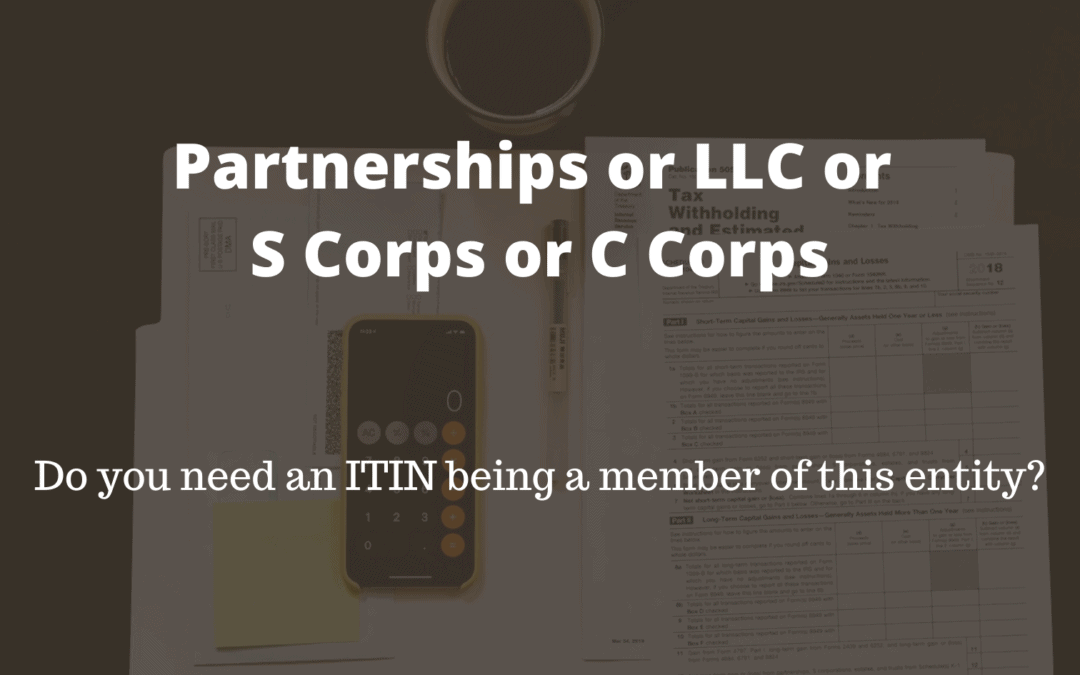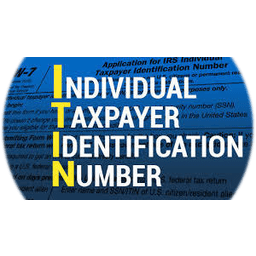What are FTEs or Flow-Through Entities?
Flow-through entities (FTEs) are legal entities where income “flows through” to investors or owners. The income of the entity gets treated as if it were the basic income of the investors or owners. Flow-through entities are known as pass-through entities and also as fiscally-transparent entities. Local tax regulations depending, this type of entity can avoid the dividend taxes and double taxation subject to standard corporations because the United States only taxes the owners or investors on the revenue. For tax purposes, you should consider flow-through entities as “non-entities” because they are not taxed themselves at the federal level; rather, the taxation “flows-through” to another tax return. This is not always the case for state taxes. States may choose to place an additional tax on the entity even if the bulk of tax flows through to the taxpayer.
Common types of FTEs are general partnerships, limited partnerships, limited liability partnerships, S corporations, income trusts, and limited liability companies. Sole proprietorships also pass income directly to tax payers, but they are instead called
“disregarded entities”.
Limited Liability Companies
A limited liability company (LLC) is a flexible form of enterprise that blends elements of partnership and corporate structures. An LLC is not a corporation; an LLC is a legal form of company that provides limited liability protection to its owners for the majority of United States jurisdictions. LLCs do not need to be organized as a profit-making entity. There are certain types of businesses that cannot form an LLC because they provide professional services requiring a state professional license, such as legal or medical services. Those types of businesses use a similar form of a company called a Professional Limited Liability Company (PLLC). Every state, excepting the state of California, allows PLLCs. State laws vary on what kinds of professionals must use the PLLC form of entity. In California, licensed professionals form a professional corporation.
LLCs might file different forms depending on how the entity was created — for instance, a sole proprietorship LLC would file Schedule C via 1040NR Tax Return – You need an ITIN for these tax returns.
General Partnerships
A general partnership (the basic form of partnership under common law). In the commercial and legal parlance of most countries, a general partnership refers to the association of people or unincorporated companies with the following features:
- They are created by agreement, proof of existence, and estoppel;
- They are formed by two or more persons;
- The owners are held personally liable for any legal actions and debts the company may face.
Partnerships ensure that all partners share equally in responsibility and liability. In the United States, all businesses that are made up of more than one materially participating owner are, by default, partnerships unless the partners have formed a corporation. An exception to this rule is that investing partnerships do not become a partnership by default.
Partnerships file Form 1065 returns on a yearly basis.
Limited Partnerships
Limited partnerships are partnerships that are similar to a general partnership; however, in addition to one or many general partners (GPs), there are one or more limited partners (LPs). By definition, limited partnerships only require one single partner to be a general partner.
General partners are, in all major respects, responsible for the same legal positions as partners in a conventional firm. For instance, they have management control, they share the right to use partnership property, they share profits of the firm in defined proportions, and they have joint liability for any debts incurred by the partnership.
General partners have actual authority, though, as agents of the firm, to bind other partners in contracts with third parties that are part of the ordinary course of the partnership’s business. An act of a general partner that is not apparently that does not carry out the ordinary course of business binds the limited partners only if the act was authorized by all of the other partners.
Partnerships file Form 1065 returns on a yearly basis.
Limited Liability Partnerships
Limited liability partnerships (LLP) are partnerships in which some or all partners (depending on the jurisdiction) have limits to liability. These entities exhibit elements of partnerships and corporations, but in an LLP, each partner is not responsible or liable for other partner’s misconduct or negligence. This is a difference from the traditional unlimited partnership that might be created under the Partnership Act 1890. In those partnerships, each partner has a joint and several liabilities. In limited liability partnerships, some partners hold a form of limited liability that is similar to that of shareholders of a corporation. In some jurisdictions, an LLP must also have at least one general partner who has unlimited liability.
Unlike in the case of corporate shareholders, partners in a limited liability partnership have the right to manage business affairs directly. Corporate shareholders, on the other hand, have to elect representatives to a board of directors depending upon the laws of various state charters. The board of directors organizes itself and hires the corporate officers who will have the legal responsibility to manage the business affairs of the corporation in a way that maximizes the corporation’s best interest. A limited liability partnership also contains different aspects of tax liability than that of a corporation.
S Corporations
S corporations, for United States federal income tax purposes, are corporations that make an election to be taxed under Subchapter S of Chapter 1 of the Internal Revenue Code. Generally, an S corporation does not itself pay federal income taxes. Instead, the income and losses from the corporation’s business are divided among and passed directly to its shareholders. Shareholders declare the income or loss on their individual income tax returns via 1040NR Tax Return – You need an ITIN for these tax return.
S Corporations file Form 1120S returns on a yearly basis.
The Tax Cuts and Jobs Act of 2017 adds a 20% Income Deduction for Pass-Through Entities
The Tax Cuts and Jobs Act of 2017 provide for a deduction for 20% of income beginning in the tax year 2018 for pass-through income from sole proprietors, partnerships, limited liability companies, and S corporations.
The deduction for 20% of income applies to Qualified Business Income (QBI). QBI includes the net amount of income, deductions, gains, and losses associated with the trade or business, but does not cover investment-related items, such as interest, dividends, capital gains, or losses. The 20% deduction is taken below the “line” and that means it reduces taxable income but not adjusted gross income.
The Tax Cuts and Jobs Act of 2017 sets limits on how much high-income earners might deduct:
- Professional service industries. The new rules attempt to deter high-income taxpayers from trying to convert compensation from personal services into qualifying income for the deduction. For taxpayers in the professional service industries, such as health, consulting, law, athletics and financial, the 20 percent income deduction begins to phase out for taxpayers who earn more than $157,500 (for singles) and $315,000 (for couples). The 20% deduction fully phases out when a taxpayer’s income reaches $207,500 (for singles) and $415,000 (for couples).
- All industries. For high-earners in all industries, the new Act uses another calculation to limit the deduction. The limit would be set to whichever is higher: 50 percent of total wages paid or 25 percent of wages plus 2.5 percent of the cost of tangible depreciable property. This means pass-through entities that pay a large amount of employee wages or are in capital-intensive industries can take more of the deduction.
Our team specialise with international expatriate U.S. personal tax return service. If you need assistance with US 1040 filing for refund claim/FATCA Compliance work/FBAR FINCEN114 Filing, ITIN/ Form W7 Application/EIN/Form W8BENE or CAA services/1040NR U.S. tax filing for refund claim of excess 1042S / 8288A/ 8805/ W2/ 1099. We are happy to assist our clients in a timely, efficient, and cost-effective way.
Visit our website WWW.TAXANDACCOUNTINGHUB.COM
OR WWW.ITINCAA.COM for more ITIN/US tax based FAQ.
Email Us: [email protected].
Call us on: L: +442082211154, M: +447914393183.
For overseas clients. We can arrange for a skype interview if the documents are sent to one of our representative teams.
Our Skype ID is: TAH2108


